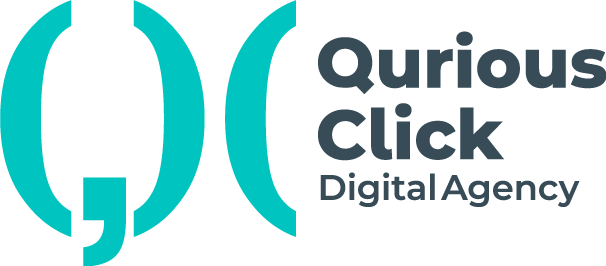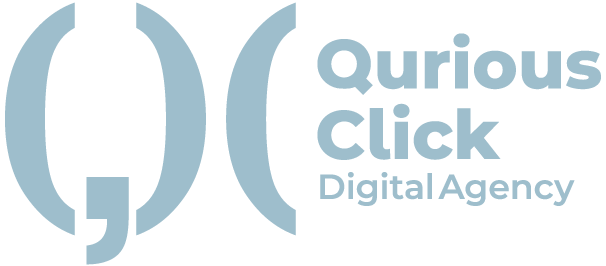In an industry where education and experience are not necessarily requirements for a dream position, a UX design portfolio is arguably more important than a resume. It acts as a face-to-face meeting before the recruiter actually meets you.
Times have changed and the number of UX jobs is increasing year by year, but with that comes more and more UX designers on the market. So you have to differentiate yourself somehow and you can’t just rely on your resume.
You can also express some of your individuality through your portfolio. A portfolio is the ideal way to demonstrate your cultural fit in an era where employers place more attention on finding candidates who suit their company’s culture. Given that nearly all CVs follow the same pattern, it is considerably more difficult to convey your personality on a CV.
Purpose of creating a portfolio
A strong portfolio suggests, in essence, that the applicant has made an effort to promote themselves in the best possible way and is knowledgeable enough to display their best work in an appealing and comprehensible fashion.
It ought to specify who you are, what you’re capable of, and the area of UX you’re an expert in. Never rely just on your resume for this. Statistics show that recruiters just glance over your resume for six seconds.
Your name, current position, previous position, and education are the four crucial sections that they will check. Simply said, your resume is uninteresting. Your portfolio is not necessary.
Your portfolio should demonstrate how well you fit the company’s culture. Don’t be scared to give your portfolio some personality or your own sense of flair. It’s your opportunity to impress the recruiting manager and show that you separate out from the competition.
Content for your UI/UX Portfolio
This depends on your level of experience, the businesses you’d like to work for, the nation in which you reside (as different nations have different market expectations), and, of course, whose advice you take! All of these will have a significant impact on your output.
Regardless of your experience level, the most crucial thing you can do to make sure your UX portfolio stands out is to demonstrate the process.
Prove that you can put in the graft and effort required before taking great images.
A solid UX portfolio demonstrates your methodology, as you can see from just this one example. Additionally, it’s critical to provide context for each project you highlight. I anticipate the following for each project in a UX portfolio:
⦁ The issue
⦁ Who you collaborated with
⦁ Tools you employed
⦁ Research stages (how did you go about solving the problem)
⦁ The method you applied to solve the issue: research, low-fidelity wireframes, prototypes, sketches, personas, and user journeys
⦁ The results of your effort, as well as what happened to it when it was sent to a UI designer or developer, for example!
Between each part of the process, explain why you moved to the next step in the process. Short on time? Did you find the data statistically significant? This will help the hiring manager dig into your thoughts and understand how to approach the issue.
If you choose a hybrid role, you don’t want your portfolio to be pixel perfect and overly visual. This is a User Centred Design (UCD) methodology or practice.
But if your greatest talent is in graphics and that’s what you’re passionate about, dilute yourself as his part-time UXer, host reluctant user interviews, and create personas. You should probably stick to graphics instead of trying to do it.
Structure the Design Process
Even if you only create visual designs, don’t forget to tell the story behind them. Just showing an end screen doesn’t mean anything to your portfolio visitors. Simply put, presenting only screenshots in your portfolio makes you look lazy.
Readers are not involved in the project and have no background knowledge. No matter how beautiful you look, your screen design doesn’t show your expertise. For this reason, they need to understand the “why” behind your decisions. Step by step through the design process.
So you might be wondering what constitutes this process that I can show you.When you finish a project and look back at the first sketches, 90% of it has nothing to do with the final product. neither. You may be familiar with this concept too.
Explain The Solution
Many designers make the mistake of presenting the final design without explanation or storytelling. I have. If you only show off your final design, you miss the opportunity to show how innovative you are. Recruiters and designers may look at the problem and final solution you describe and still not understand the relevance. Please explain why you made a particular decision. Depending on the project, it can vary from layout to typography.
Layout
Taking responsibility for the project layout opens up many opportunities to write about the solution. I probably didn’t open Sketch and finish the whole project two hours after him with the first version of every page that came to mind. Keep these questions in mind when writing about layouts:
⦁ Why does this layout work?
⦁ How did you come up with it?
⦁ Why did you place certain elements?
⦁ Did the user’s behaviour or her UX patterns influence this layout?
Visual hierarchy
The visual hierarchy is very volatile and many factors can affect it. If you’ve made the subtitles on your cards smaller, or made the grey a little lighter than the title itself, you’re probably putting your brain on autopilot. But to establish yourself as a conscious designer, explore some of those choices in your UI designer’s portfolio. This card will probably look like this because you want the title to be more emphasised than the subtitle. They set the size and colour on purpose, not because someone else did it for another design. (Maybe because it was a very different bluish hue that I hadn’t seen before.) You were fleshed out and spilled blood.
Comprehensive Style
Overall style presentation and description can take many forms. Most UI designers include fancy moodboards or random UI kit pieces. It probably shows you enough how you designed the system, but doesn’t really touch on the ‘why’. Please state why you chose the colour you chose and why you chose that font family. There can be many external variables influencing your decision, such as your average user or persona, or your already established brand of product. Try to justify these decisions by writing down how you arrived at these conclusions. If most people dimmed her UI to use this app before bedtime, write about it. When displaying your app’s colours and fonts, explain how they are self-branded and why you had to use them.
Create an eye-catching thumbnail for your case study
If you follow the template above (biography above, projects below), projects will make up most of your portfolio. When you send in your application, you probably want one thing. It’s about having a recruiter engage you in your work instead of just scrolling through your portfolio and closing it. To get the attention of recruiters and design her leaders when they review your work, you need to see what they’re interested in or what you think looks good.
If the former, choose your projects carefully. Then make sure the thumbnail or project preview represents the project itself. Final userHer interface is shown in thumbnails so recruiters don’t have to guess what kind of project they’re targeting.
Recruiters are looking for visual UI skills in a specific platform or area, so don’t let that put you off. Present your work on your portfolio cover in a way that clearly highlights your strengths and previous work experience.
The second (the nice looking one) is to carefully design your project’s thumbnail. Not just her UI you put in place, but the whole section. Think about the composition of different thumbnails side-by-side and the mockup you use to show the final user interface.
What do you pack in your UI/UX portfolio if you don’t have professional experience yet?
You’re trying to get a UI/UX job and you’re afraid your work experience is too thin to advertise. If so, get creative and think about how your previous role could lead to a successful user experience career and how interface design can contribute. You can build your UI/UX portfolio in your free time. Even if you have minimal experience, you can use some key suggestions to build a solid UX/UI portfolio.
⦁ Online course. Taking a UX/UI course is a great first step towards gaining experience. Learn and practise key principles. You can also combine this with volunteer work.
⦁ Volunteer project. These passion projects are a great way to join a non-profit or interesting organisation, giving yourself the creative freedom to showcase your personality and skills in a portfolio
⦁ Hackathon. These are contests in which programmers, designers, developers, etc. participate. come together and do something. Participating in hackathons allows you to quickly build your portfolio, expand your knowledge and network.
Conclusion
A portfolio is always part of a designer’s process. Creating a portfolio that showcases your strengths in a way that resonates with your audience will help land her the next UX design job. By creating a portfolio, you can review your skills and achievements and look back on the work you want to do in the future.
As you create your UX design portfolio, keep these tips in mind:
⦁ Curated, curated, curated
⦁ Show real work, even if it’s messy
⦁ Focus on team collaboration
⦁ Consider yourself a designer and where you want to go

